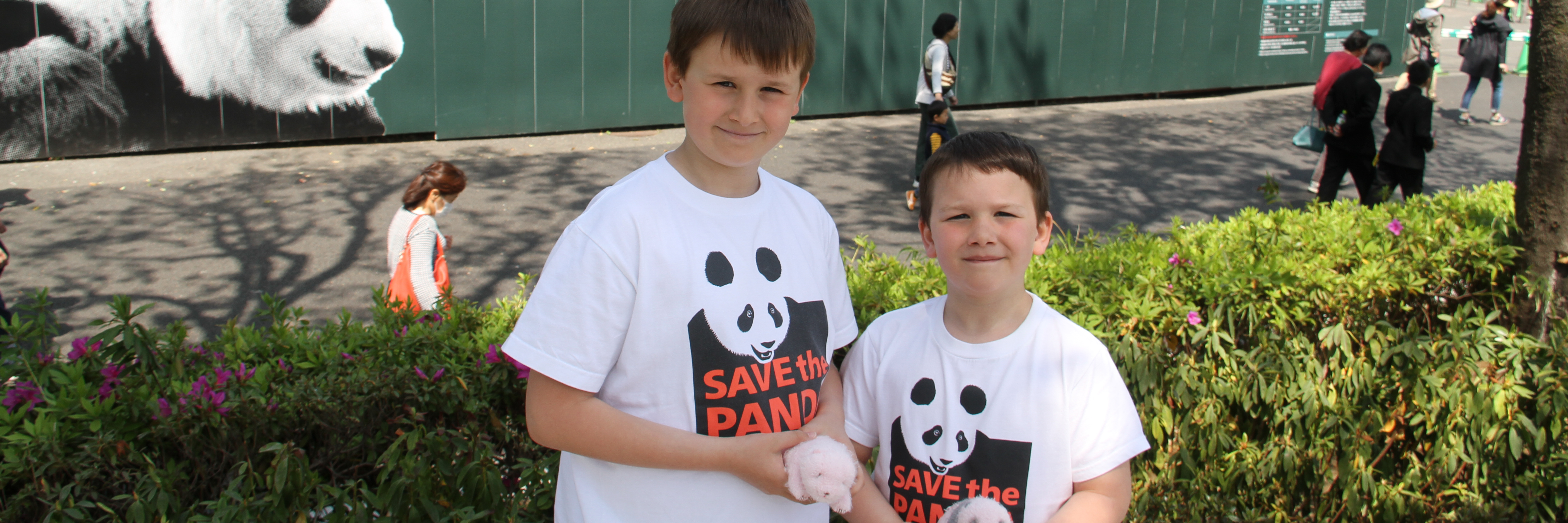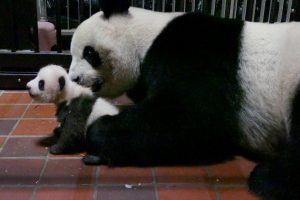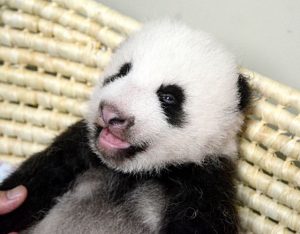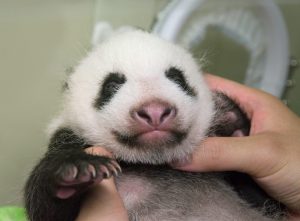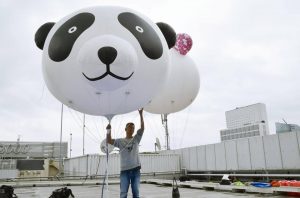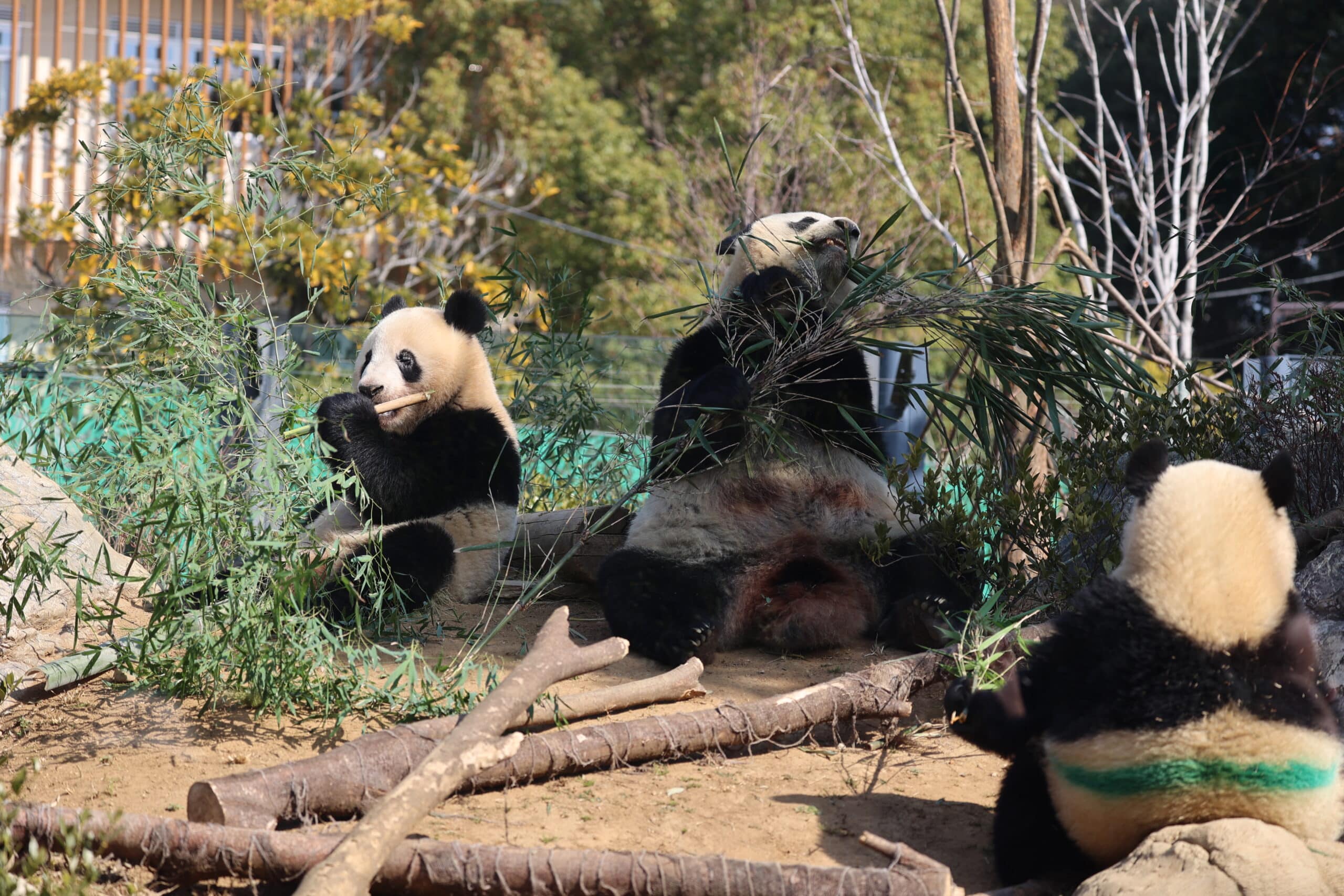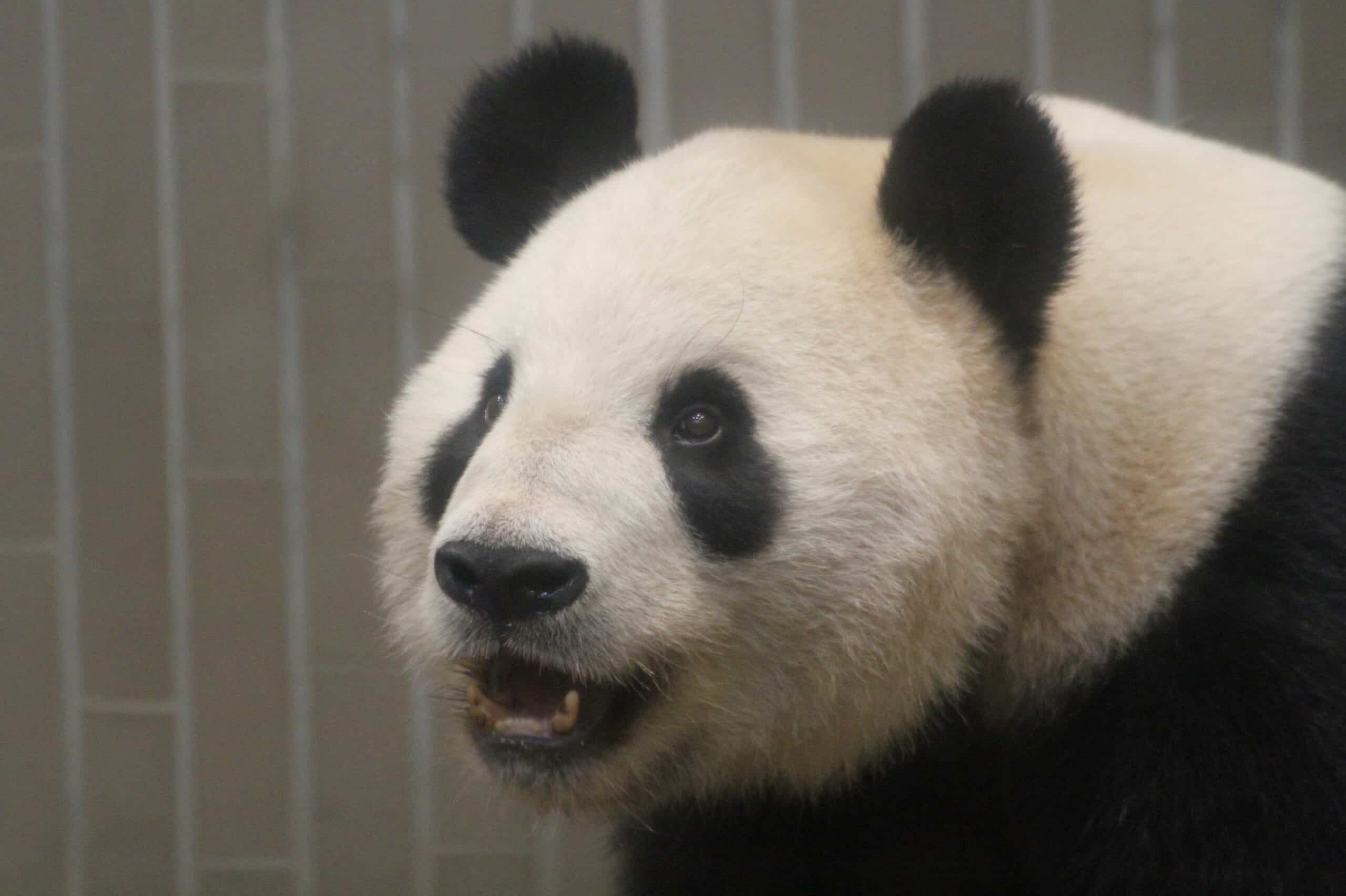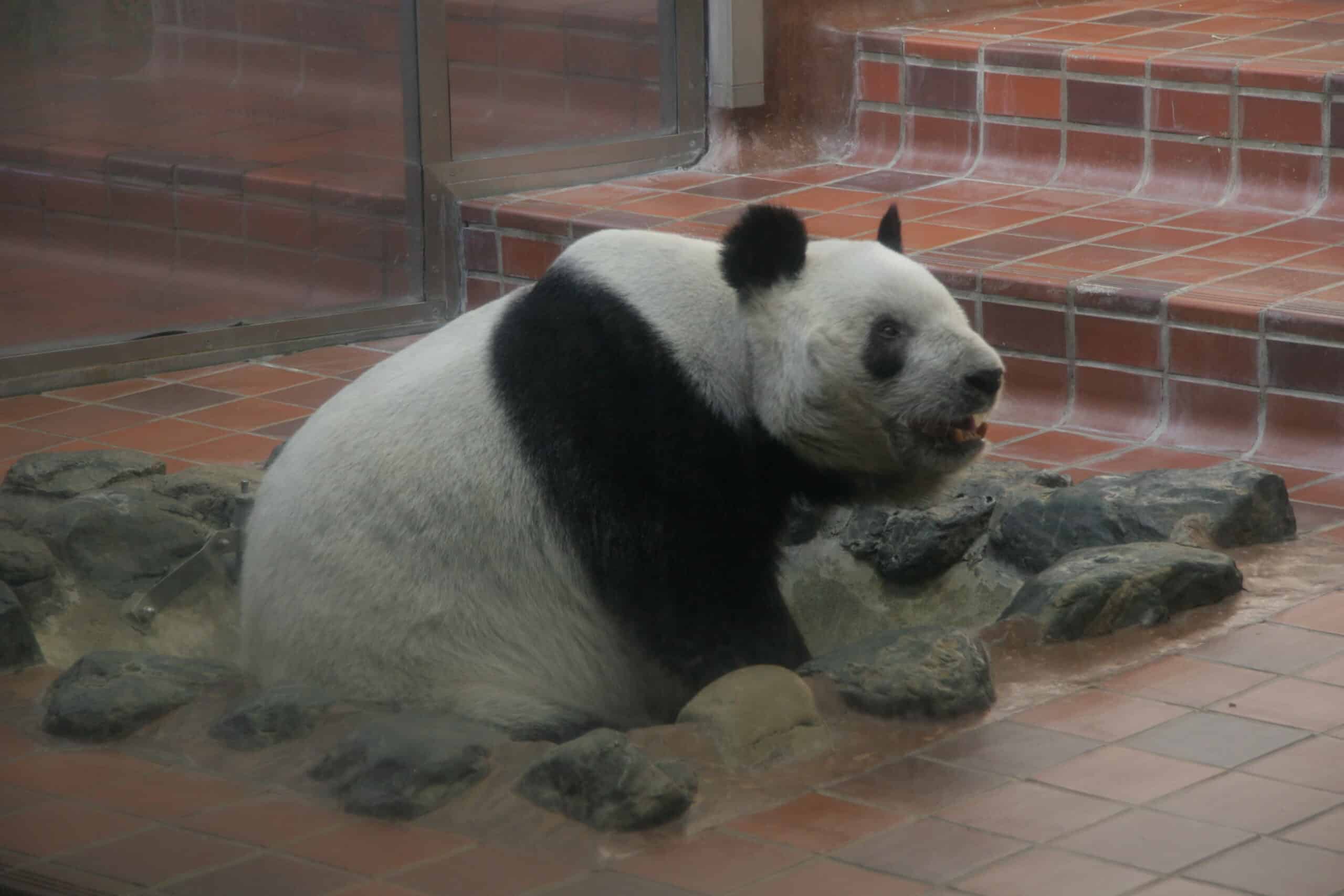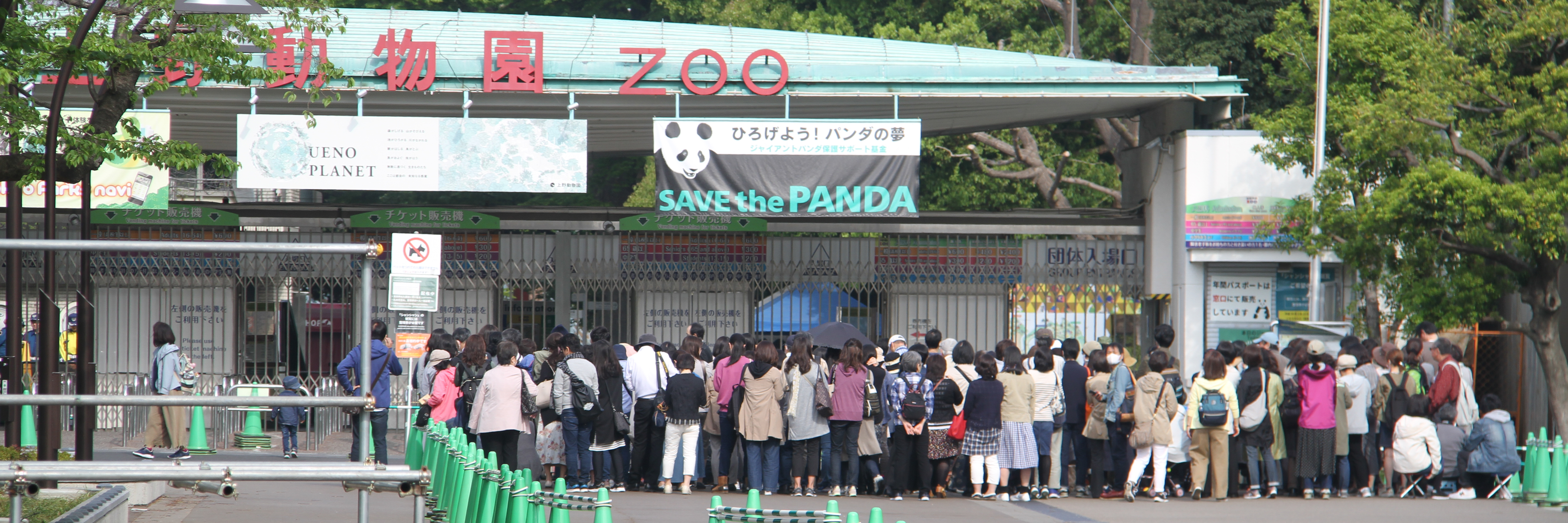
Ueno Zoo
Tokyo, Japan
About Ueno Zoo
Ueno Zoological Gardens is the oldest zoo in Japan. Founded in 1882, it has grown over the years, expanded its area to 14.4 ha (35.6 acres) and been the flagship of the Japanese zoo world. Now it’s home to over 3,000 animals from 400 different species and provides visitors with learning experience about the diversity of animals as well as fun and enjoyment.
Giant pandas at Ueno Zoo
In 1972, the government of the People’s Republic of China presented two giant pandas, Kang Kang and Lan Lan, to commemorate the normalization of diplomatic relations between Japan and China and launched to be Japan’s first giant pandas to exhibit at Ueno Zoo.
The next panda pair Fei Fei and Huan Huan gave birth to Tong Tong in 1986 and to You You in 1988.
Ling Ling, the last panda with Japanese ownership died on April 30, 2008.
In 2011, the Ueno zoo’s current panda couple Ri Ri Shin Shin arrived on loan from China and produced a long-awaited female panda cub Xiang Xiang in 2017, creating a new wave of panda fever in Japan’s capital.
Ri Ri & Shin Shin were moved to a new Panda House on August 24, 2020, the place of birth of twin pandas Xiao Xiao & Lei Lei.
The name of the new facility became “Panda no Mori (Panda Forest).” Before explaining this name, we would like you to know that the sound of “mori” has two meanings in Japanese; “forest” and “conservation.”
The primary feature of Panda Forest is the landscape created to resemble the natural environment of China’s Sichuan Province, where the giant panda inhabits. With the same intention, lesser pandas and pheasants, which live in China’s mountainous regions, are exhibited nearby. The habitat consists mainly of bamboos and coniferous trees planted in the outside enclosure. Borrowing the scenery of the trees in Ueno Park, the view may evoke the visitors to imagine the deep forest of China.
Current Giant Pandas
Shin Shin (Xian Nu)
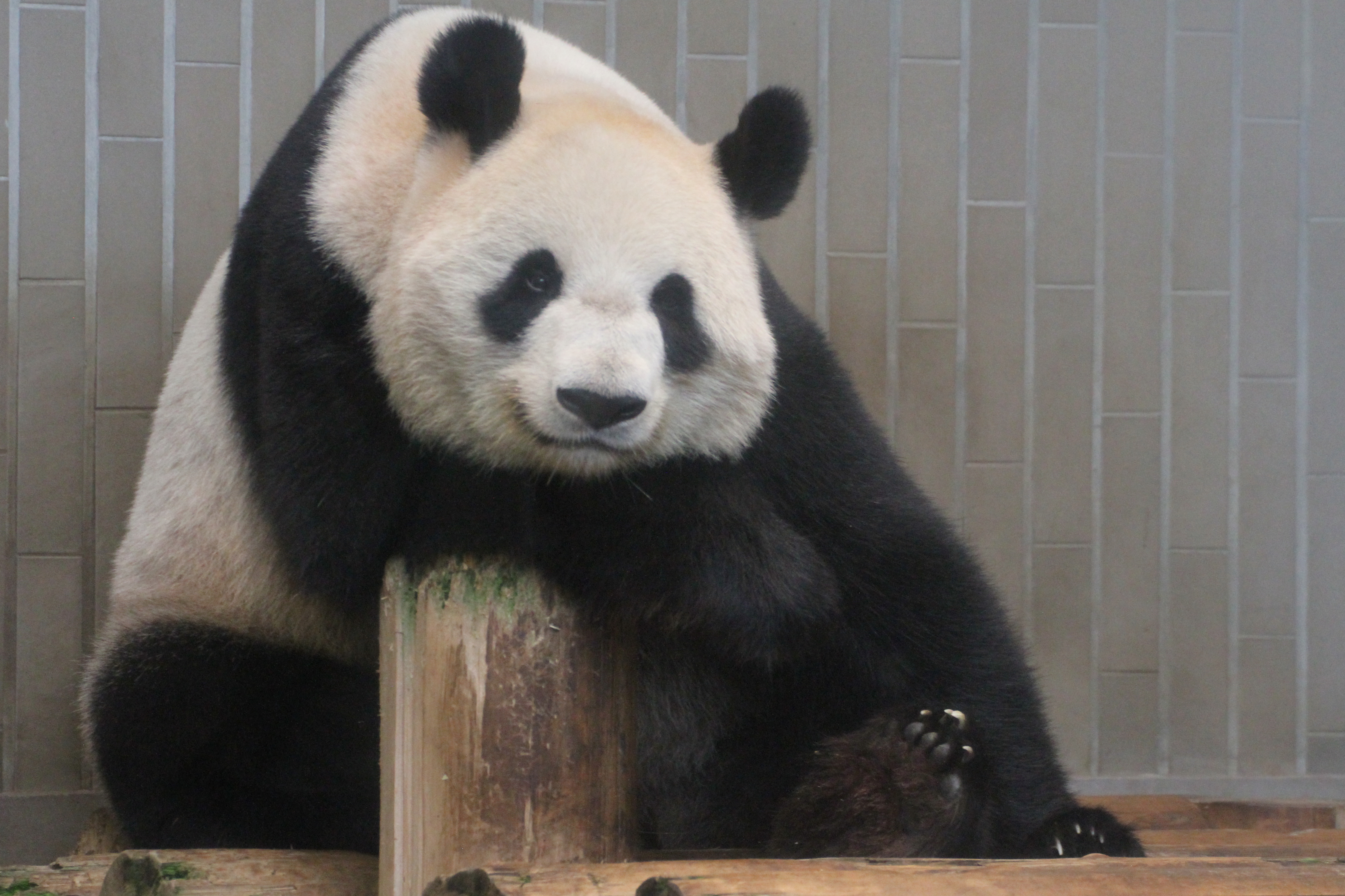
Born: July 3, 2005
Place of birth: Wolong, ChinaResident of the Ueno Zoo
since February 21, 2011Ri Ri (Bi Li)
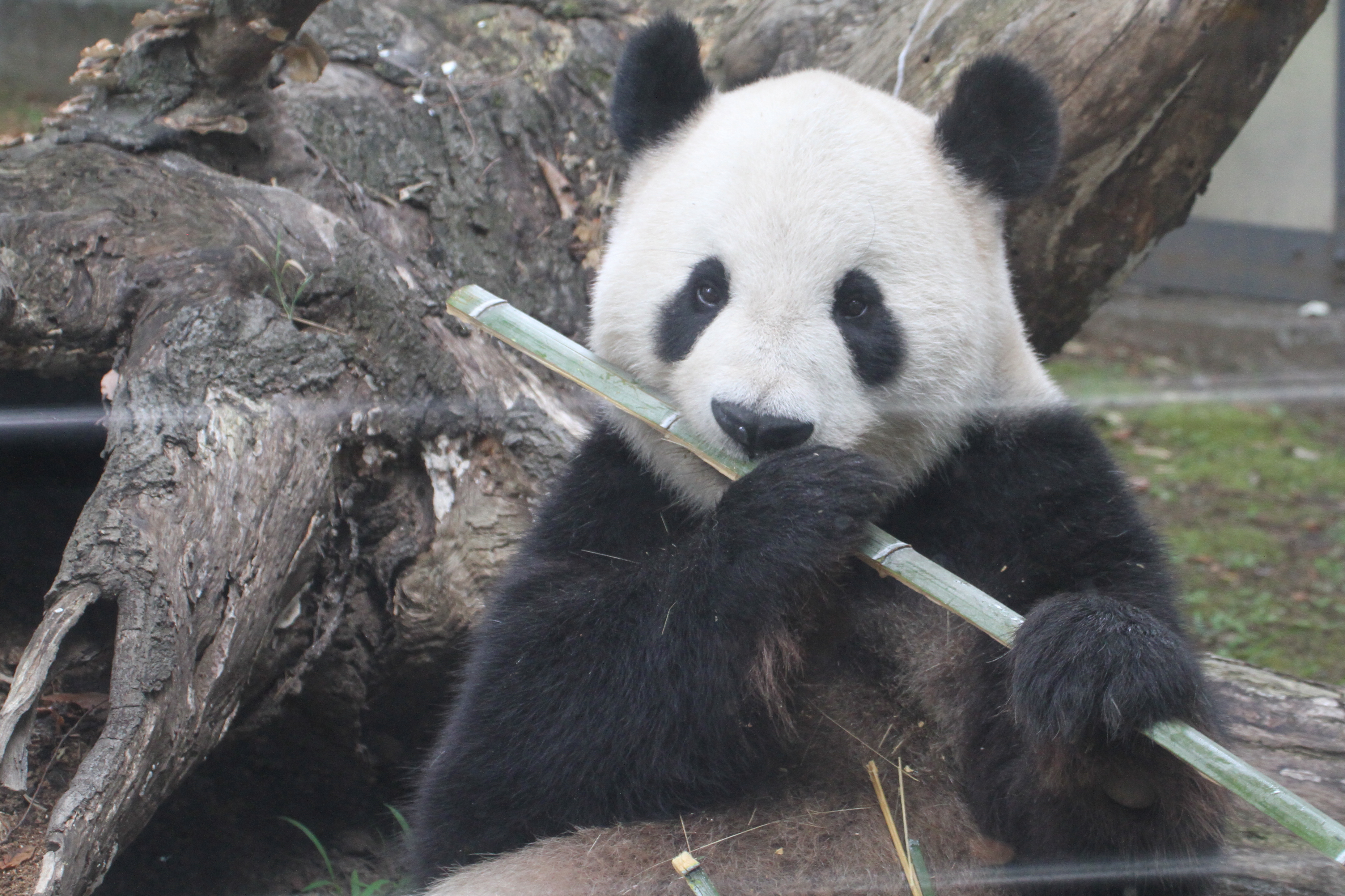
Born: August 16, 2005
Place of birth: Wolong, ChinaResident of Ueno Zoo
since February 21, 2011Xiao Xiao

Born: June 23, 2021
Place of birth: Tokyo, JapanResident of the Ueno Zoo
since June 23, 2021Lei Lei

Born: June 23, 2021
Place of birth: Tokyo, JapanResident of the Ueno Zoo
since June 23, 2021
Lan Lan

Born: approx. 1969
Place of birth: in the wild, ChinaResident of Ueno Zoo from October 28, 1972 until September 4, 1979
Kang Kang

Born: approx. 1970
Place of birth: in the wild, ChinaResident of Ueno Zoo from October 28, 1972 until June 30, 1980
Huan Huan

Born: approx. 1973
Place of birth: in the wild, ChinaResident of Ueno Zoo from January 29, 1980 until September 21, 1997
Fei Fei

Born: approx. 1967
Place of birth: in the wild, ChinaResident of Ueno Zoo from November 9, 1982 until December 14, 1994
unnamed cub

Born: September 4, 1979
Place of birth: Tokyo, JapanResident of the Ueno Zoo from September 4, 1979 until September 4, 1979
Chu Chu

Ling Ling
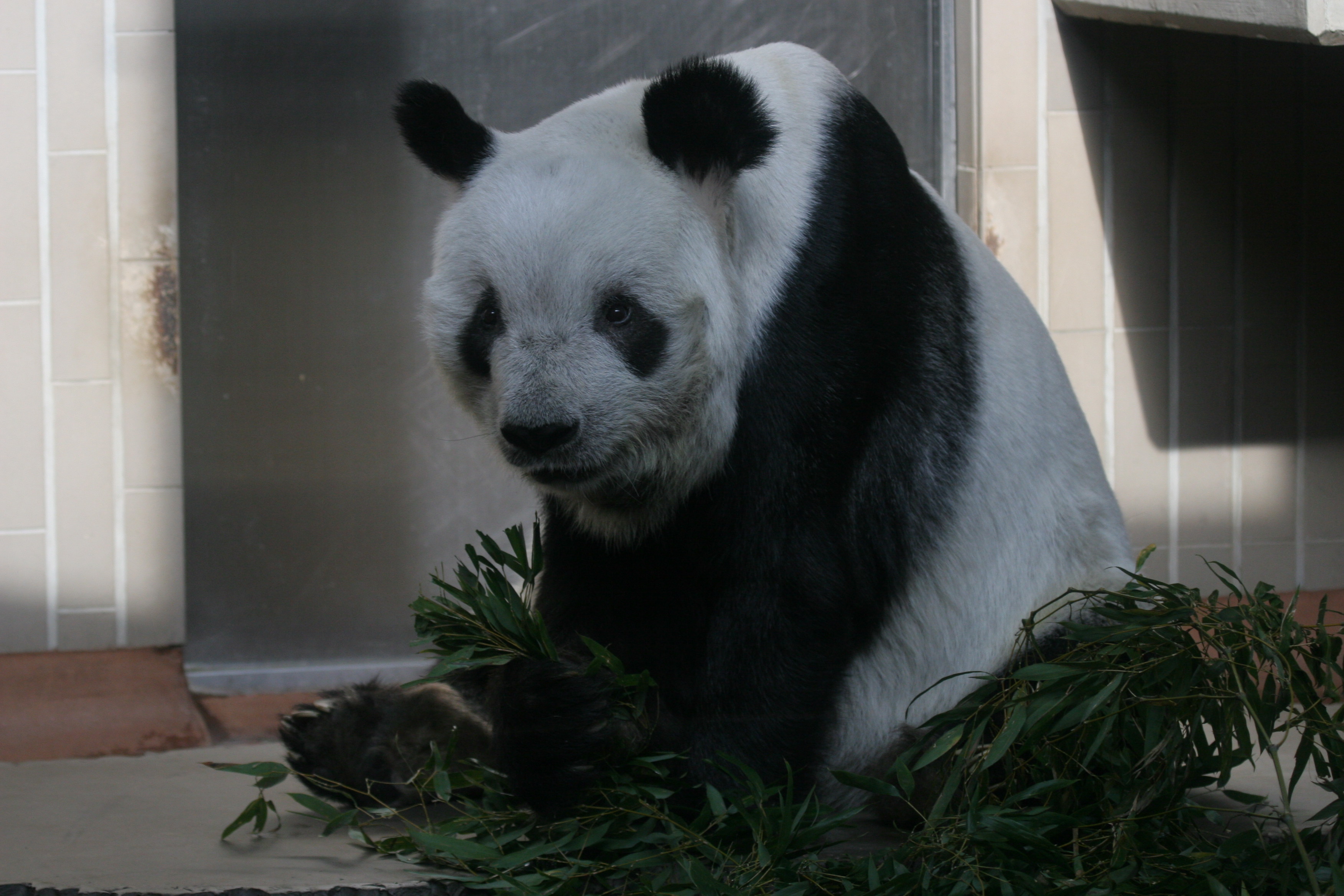
Born: September 5, 1985
Place of birth: Beijing, ChinaLived at the Ueno Zoo, Tokyo, Japan from November 5, 1992 until April 30, 2008
On loan to the Chapultepec Zoo, Mexio City, Mexico during the breeding seasons of 2001, 2002 & 2003
Tong Tong

Shuan Shuan
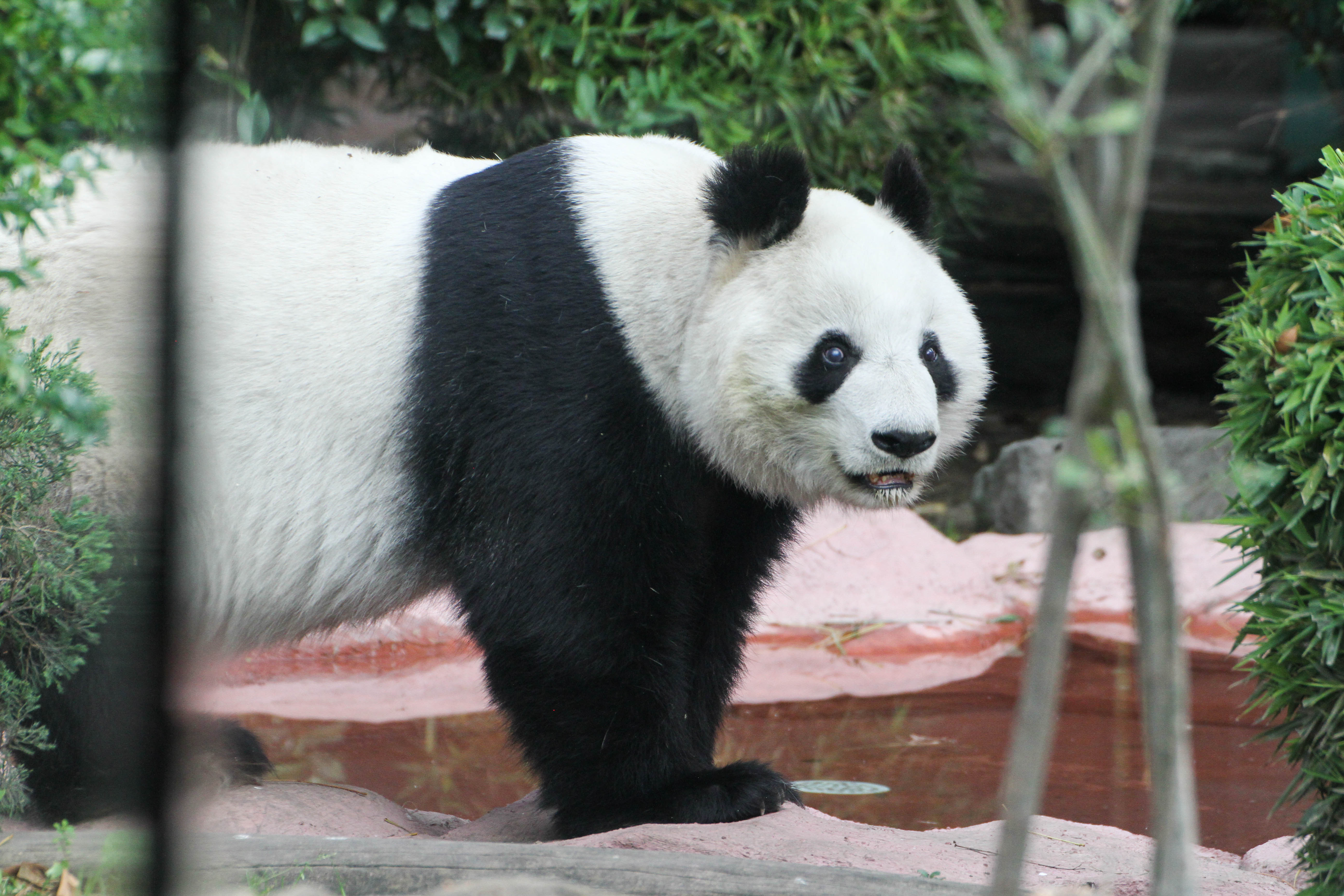
Born: June 15, 1987
Place of birth: Mexico City, MexicoDied on July 6, 2022 at the Chapultepec Zoo
On loan to the Ueno Zoo, Tokyo, Japan from December 3, 2003 until September 26, 2005 and to the Guadalajara Zoo, Mexico from from July 8, 2010 until January 16, 2011.
You You

unnamed cub

Xiang Xiang
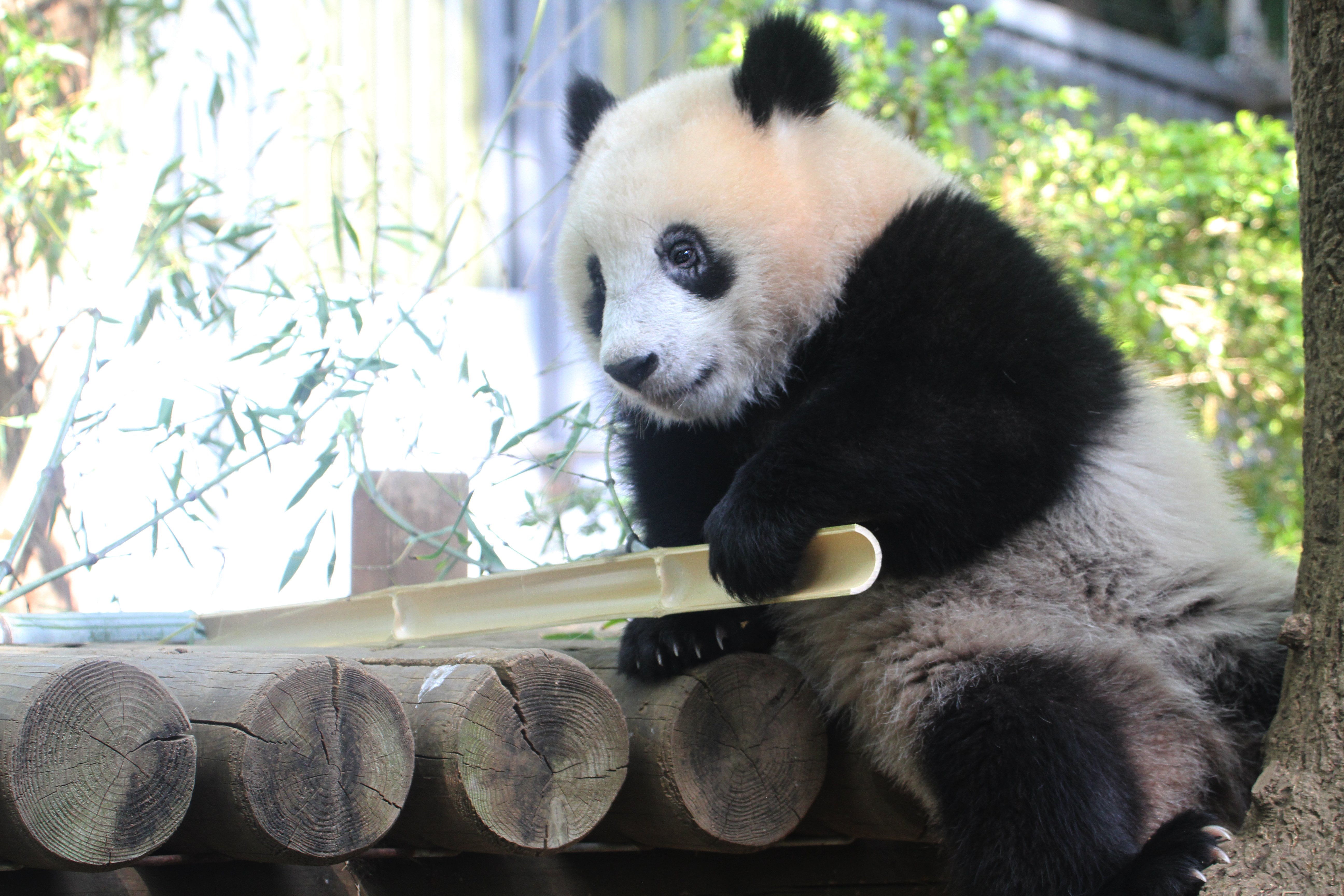
Born: June 12, 2017
Place of birth: Tokyo, JapanResident of Ya’an Bi Feng Xia Base of CCRCGP
since February 21, 2023
Previous giant pandas
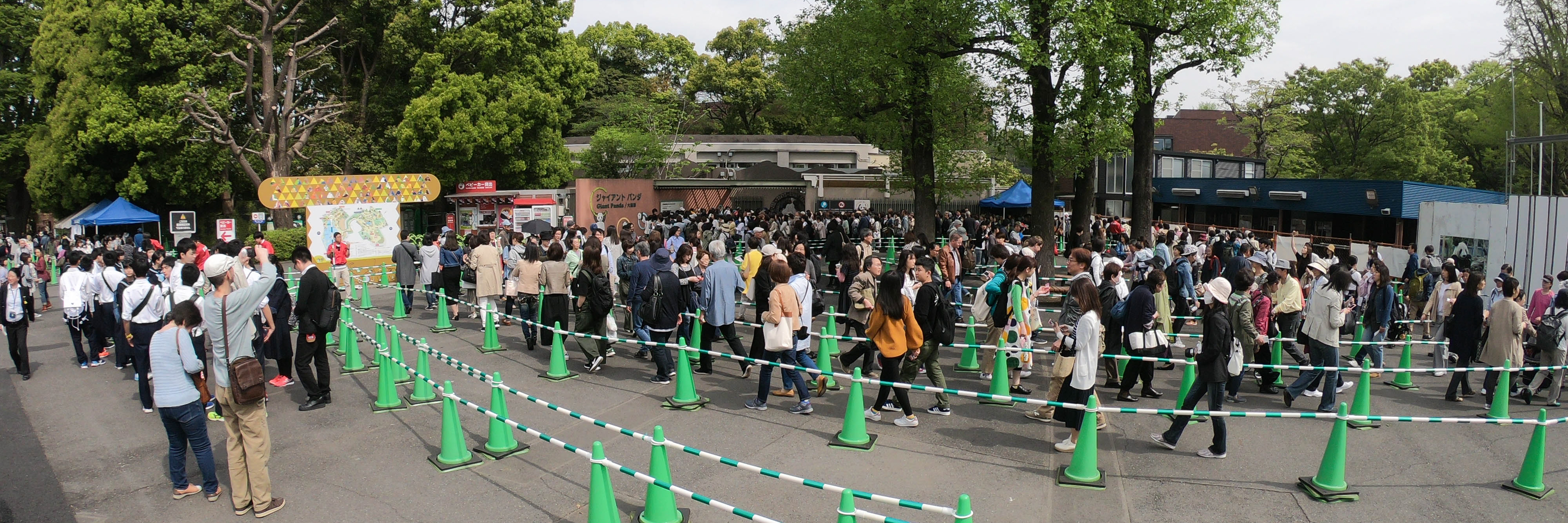
Latest News
Ueno Zoo

Photo Albums
